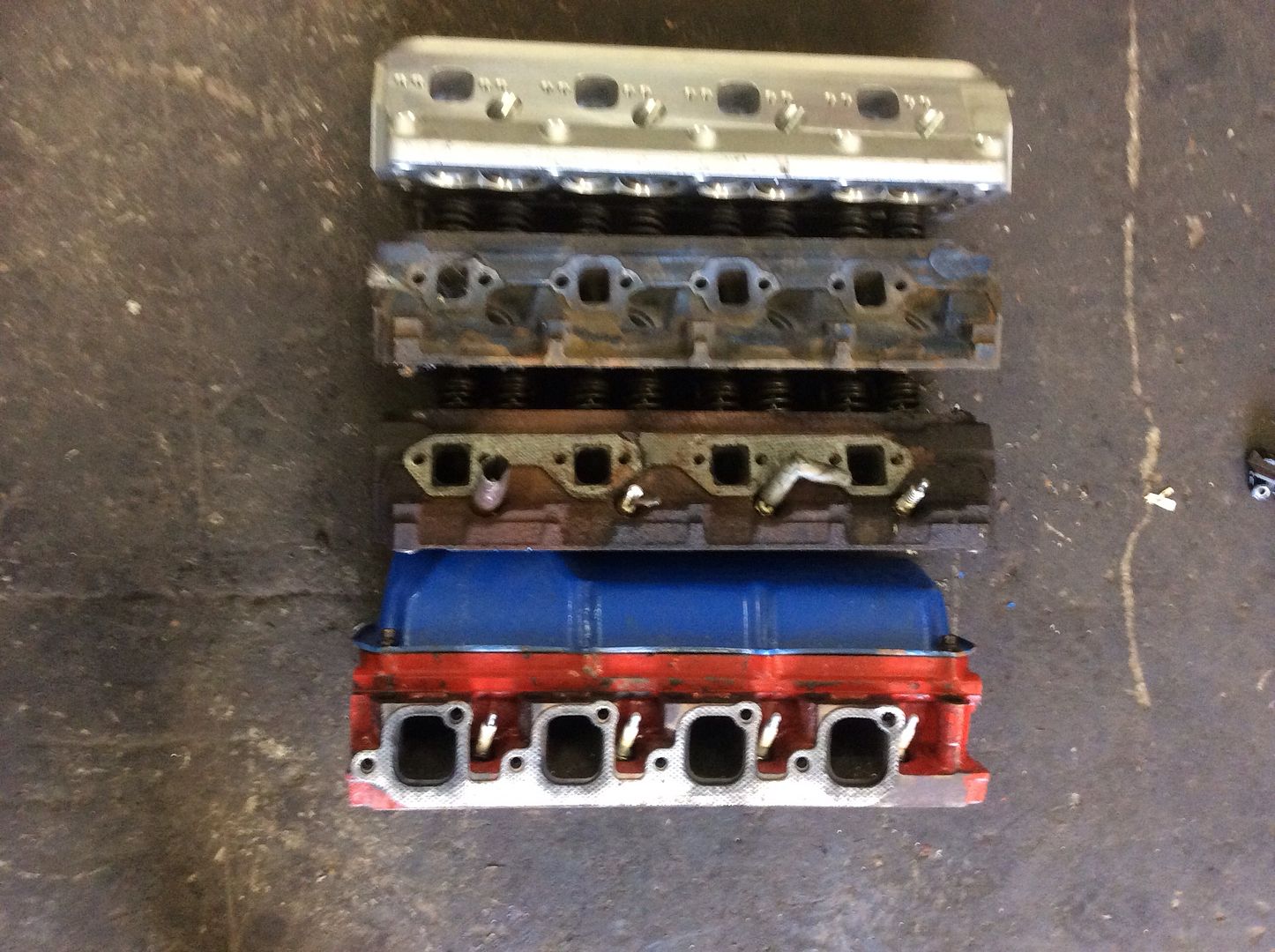Was talking to Mike Trusty and he reckoned some of y'all might be interested in an engine build that a friend and I did for the Pantera race car. I intend to rebuild my GT40 427 Windsor similar to this (especially the valve train) but with less compression for the street. I've never been really happy with the GT40 motor since I've had it...
Ron, if this is the wrong place for this, slap my hand and point me to where it should go...
The Webers were donated/loaned to me by Mike, but I'll keep the EFI that I have now on my GT40.
My friend has run this kind of engine in his race car for years and it is damned near bullet proof. His big problem now is, yes, you guessed it... the ZF.
We are both running in a vintage class, so aluminum heads are a big no-no.
Pantera
FWIW,
Kirby
Ron, if this is the wrong place for this, slap my hand and point me to where it should go...
The Webers were donated/loaned to me by Mike, but I'll keep the EFI that I have now on my GT40.
My friend has run this kind of engine in his race car for years and it is damned near bullet proof. His big problem now is, yes, you guessed it... the ZF.
We are both running in a vintage class, so aluminum heads are a big no-no.
Pantera
FWIW,
Kirby



